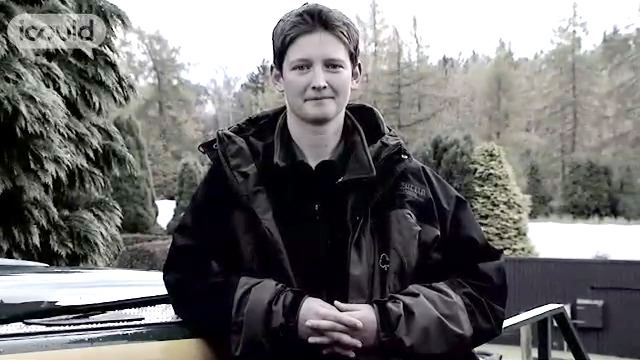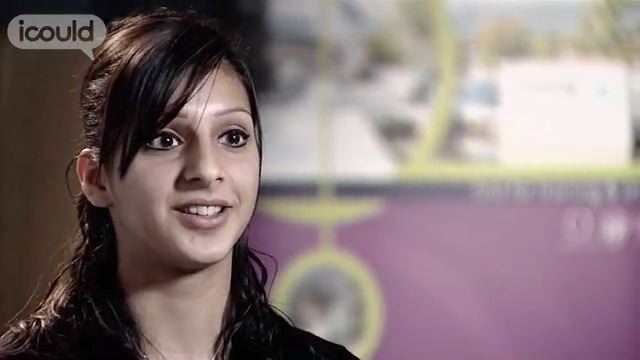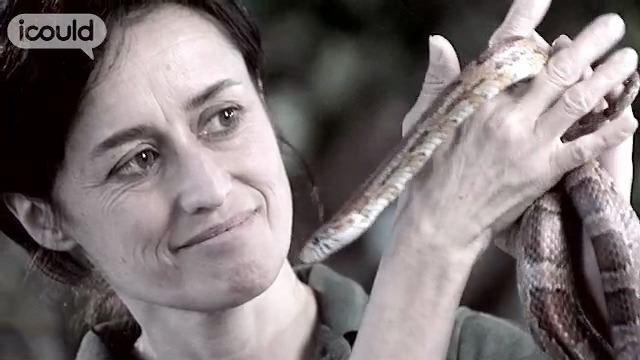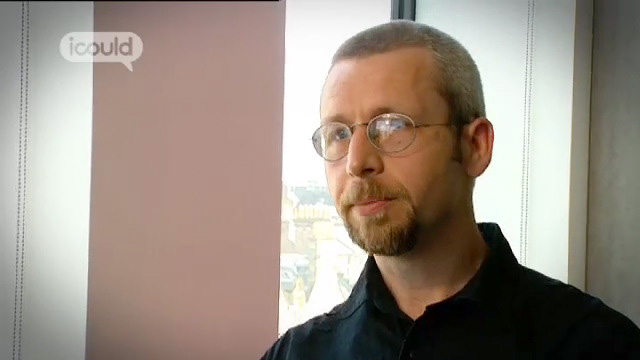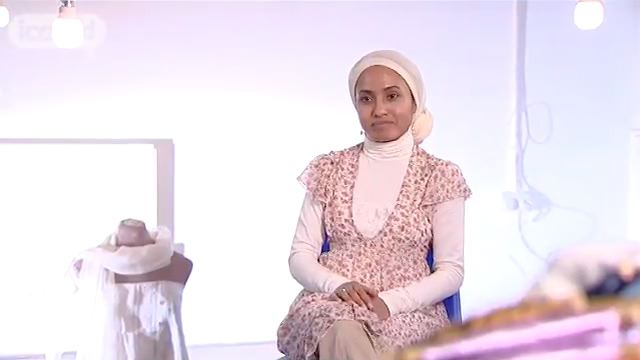
Providing a solid start to a child's education can have a real impact on their future chances. Why not take a look at some of the options for working with young children?
Roles within the sector
As well as reception class teachers, early years education roles also include nursery school teachers, pre-school teachers and teaching assistants. Each of these roles involves working with children aged between three and five, developing and implementing work schemes and lesson plans in line with the requirements of the Early Years Foundation Stage Framework.
Personal qualities
A career in early years education can be challenging so it’s important you are equipped with certain personal qualities, including:
- Excellent communication skills
- The ability to build strong relationships with children, parents/carers and colleagues
- Organisational and time-management skills
- The confidence to manage classes well and deal with challenging behaviour
- Initiative, patience and a good sense of humour!
Early years teaching
Early years teachers provide a safe, secure and stimulating environment in which children can achieve early learning goals that will prepare them for progression through their primary education.
Typical activities of an early years teacher include:
- Supporting the development of children’s personal and social skills, including language, communication and physical co-ordination
- Motivating children’s learning abilities, encouraging learning through experience
- Utilising learning materials and resources imaginatively, devising and producing visual aids
- Encouraging mathematical and creative development through stories, songs, games, drawing and imaginative play
- Observing, assessing and recording each child’s progress
- Providing pastoral care to children to ensure a secure learning environment
Qualifications and training requirements
To become an early years teacher in a state school or nursery, it is necessary to gain Qualified Teacher Status (QTS) through doing Initial Teacher Training (ITT). There are different ways you can do this:
- Undergraduate – you can gain QTS alongside studying for a degree, which takes three to four years
- Postgraduate – if you already have a degree or equal qualification, you can do a PGCE (Postgraduate Certificate of Education), which takes one to two years
- School-centred Initial Teacher Training (SCITT) – classroom-based, ‘on the job’ training after completing a degree. The course leads to QTS and takes one year
- Work-based – you can gain QTS by working in a school or nursery on a trainee salary as part of a range of other programmes.
Teaching assistants
If the thought of all that training is rather overwhelming, as an alternative to qualifying as an early years teacher, why not consider becoming a teaching assistant (TA) within an early years setting?
- TAs work alongside the class teacher, often supporting individual pupils or small groups, or helping with tasks that allow the teacher to concentrate on teaching, such as preparing the classroom, setting out equipment or putting together displays of children’s work
- There is no set entry-level qualification for being a TA but you would be expected to have good reading, writing and numeracy skills, strong organisational and communication skills, as well as some experience of volunteering in a school
Apprenticeships
You can also take a Childcare and education apprenticeship.
Opportunities and future prospects
Most early years teaching jobs are to be found in state schools, but there may also be opportunities within independent schools, private day nurseries or pre-schools, hospitals, schools run by the armed forces or children’s centres.
Experienced early years teachers could progress to the role of curriculum leader within a school or ultimately, deputy or head teacher. Specialism in teaching pupils with special educational needs or a move to private tuition are also options.
Find out more
Get into teaching – support and advice from the Department for Education.
UCAS – information on choosing teaching courses.
This article was first published in 2012 but has been updated to reflect changes in training routes.
